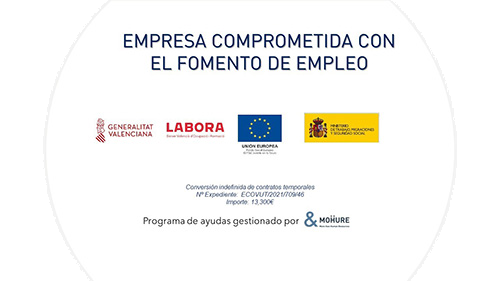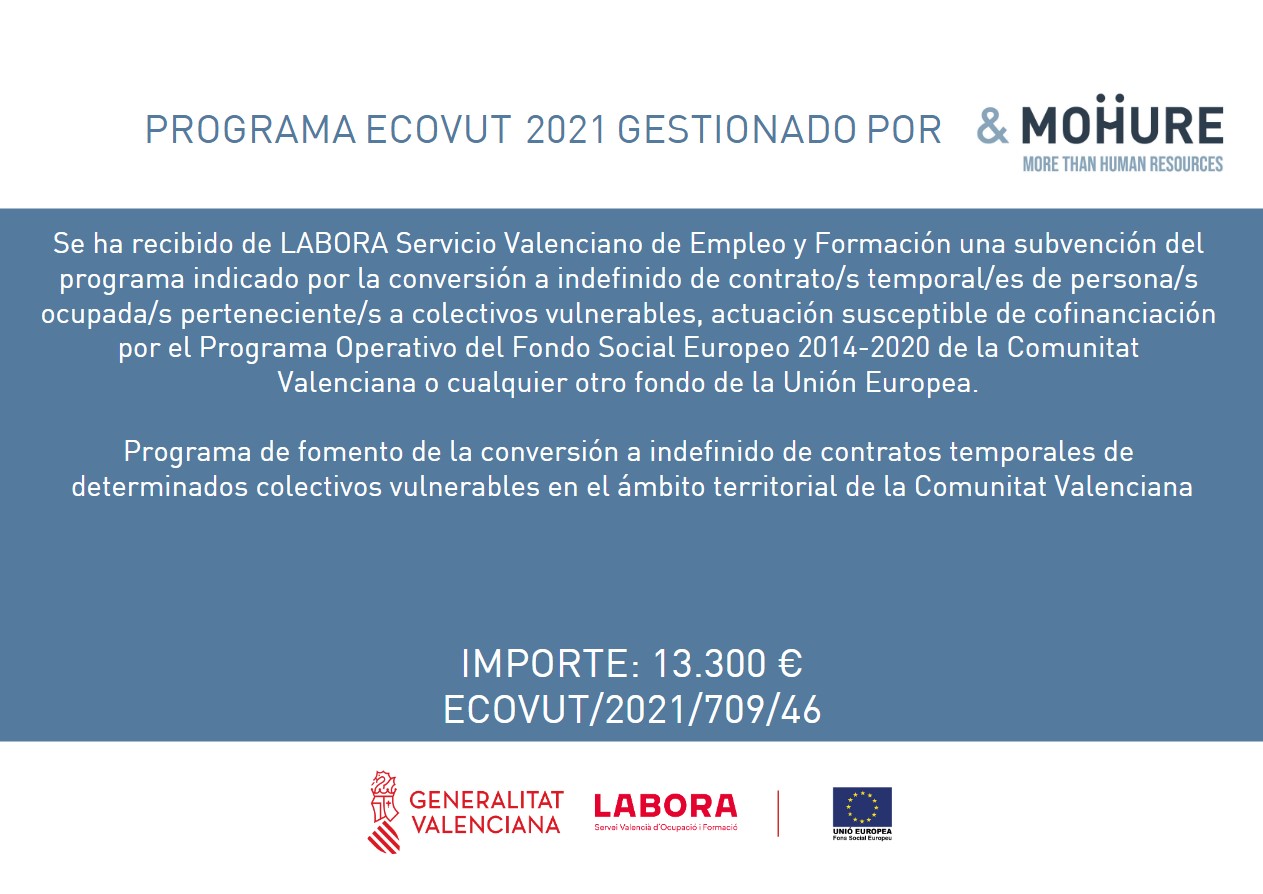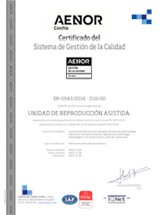Preserving fertility is a common practice nowadays. A treatment that allows women to program the very moment they wish to start the process of forming a family by cryogenically freezing the oocytes, which are stored until the main character decides that the moment has arrived. This can be influenced by a multitude of factors from medical treatments to work reasons, however, one of the most frequently seen scenarios is the social preservation of fertility.
Preserving fertility socially involves freezing the oocytes cryogenically by women so that they can postpone their maternity. Chasing a professional goal, waiting for the correct moment in one’s own maturity, finding financial stability or simply traveling around the world are just a few of the reasons which are considered before the all-important decision to begin forming a future family is taken.
According to Juan Iñiguez, director of the Embryology lab at UR IMED Valencia, ῝in recent years, the age at which women decide to become mothers has increased notably. Nowadays the average age that a woman decides to have her first child in Spain is over 32 years old. However, this fact can be understood as a reduction in the possibilities of pregnancy with one’s own oocytes.
This resource is by no means a question solely governed by conventional family values as is any other assisted reproduction technique. From single mothers without a male partner who opts for this method individually to female couples, any woman can decide to go down this route of pausing fertility before taking the decision to embark on the family adventure.
When should one look to choose the social preservation of fertility?
As with any assisted reproduction technique, the social preservation of fertility has time constraints or to put it another way, time limits. The main idea behind opting for this method is none other than being able to obtain quality ovules when, due to age, a woman cannot produce them on her own.
For this reason, the best option is to carry out the process while the ideal fertile age lasts, and in doing so, although the time to form a family may arrive later, these preliminary steps in the process can mean quality embryos. For women, the best results are obtained when the oocytes cryopreservation occurs no later than 35 years of age.
How many oocytes should be vitrified?
There is no ideal number, states Juan Iñiguez, however, this is also determined by the woman’s age. According to certain studies in women younger than 35 years of age with between 10-15 oocytes, they would attain nearly an 85% success rate in achieving a pregnancy. Beyond 36 years of age and under similar conditions we would be talking about a 35% success rate.
How long can they be frozen?
The cryopreservation of the oocytes is carried out by means of a freezing technique known as vitrification which consists of very fast freezing which avoids the formation of ice crystals. In this way, the oocytes can remain cryopreserved, a priori, without limit.
The differentiating factor is, in any case, freedom. So that the decision of thinking of forming a family is taken only when all the conditions are favorable, without which the possibilities are reduced, or a greater risk is assumed. Whether it is an individual decision or agreed as a couple, the social preservation of fertility is an ideal resource for women who don’t wish to rush into things and who want to achieve the dream of forming a family based on the solid foundation of certain life goals which have already been achieved.











